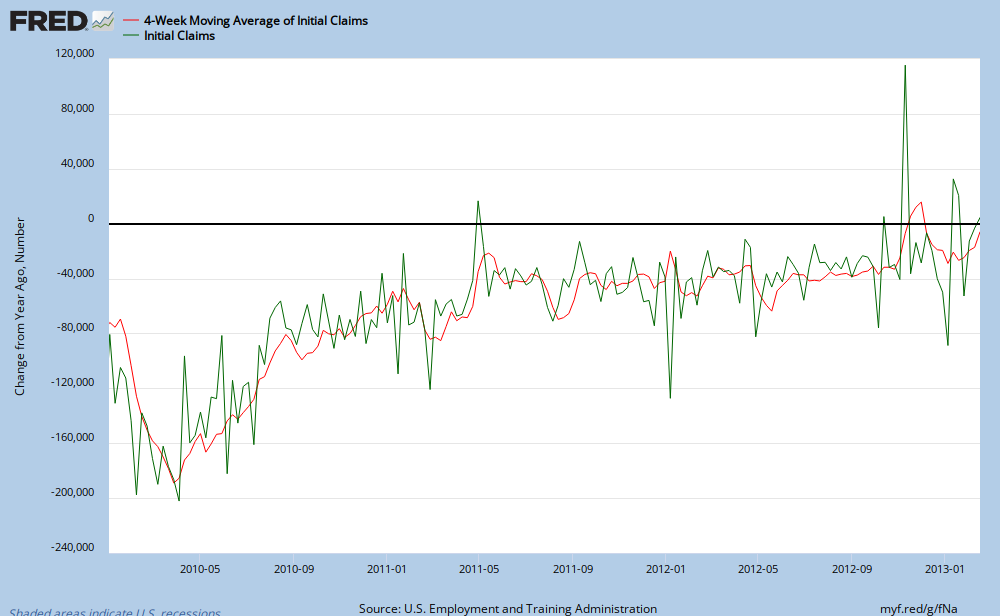Some of these ETF's may not be the best designed and can show the downside of simplistic indexing. An excellent example of this is Pitney Bowes' recent dividend slashing.
For those of you unfamiliar with the company, they derive a vast majority of their revenue from helping companies snail mail packages and letters. (Pitney Bowes presentation dated 02/12/13, page 6) Since you are reading this post online I don't think much discussion is needed to expound upon the disruptive capabilities of the internet. The revenue chart below shows how they have fared. I do imply anything nefarious with the company mind you, just they are stuck in a market segment that will most likely continue to experience challenges in the future.
They recently cut their dividend after several years of consistent dividend increases. The stock has not done well in the past few years.
When this company popped up on my screens for possible purchase it didn't take long for me to reject it.
As you can see from this chart from ycharts.com, revenue growth has been declining for years, even though dividends have been rising.
 |
| Pitney Bowes data - source: ycharts.com |
Unfortunately there were a few dividend focused etf's which were sucked into buying the very high yield provided by the stock. Thanks to the site xtf.com we can see which etf's hold the stock
 |
| Etf's holding PBI - source xtf.com |
Pitney Bowes shows just because a company has a high yield and a growing dividend you shouldn't just blindly purchase it. Always do you homework and look at their long term history and prospects. A very high yield can be a sign of distress instead of opportunity.
Disclosure: Do not and never have held Pitney Bowes stock in my dividend focused separate accounts or anywhere else.








